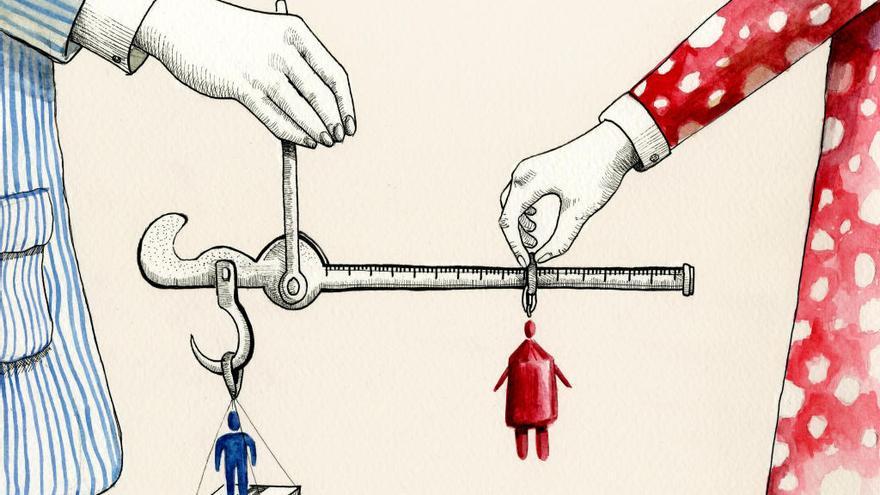11/2/2022 Week 6: Response to "Personal Space Differences"
Response to "Personal Space Differences"
How do you know if someone is invading your personal space? Did you know that there are differences between countries on how they see if you are invading their space? Yes, there are limits or zone distances that may be right for you but not for them, and limits that are right for them but not for you.
Zone Distances
Chapter 9 of Personal Space Ownership, mentions four zones distances:
1. The Intimate Zone between 6 and 18 inches (15-45cm) This zone is for close people like spouses, children, friends, parents, relatives, or pets.
2. The Personal/Friend Zone between 18 and 48 inches (46cm-1.22m) This zone is for personal conversations.
3. The Social Zone between 4 and 12 feet (1.22-3.6m) This zone is to maintain distance for strangers.
4. The Public/Audience Zone is over 12 feet (3.6m) This zone is to maintain a considered distance between yourself and the first row.
We need to know the Zone Distances so as not to cross the limits of our student and avoid misunderstandings because the limits changes from one country to another and they could feel intimidated. If you are too close, they might feel threatened, or if you are far away, they might feel rejected. We also cannot touch our students because in some cultures to touch someone on the back is a violation.
Busses and Subways
Now in this pandemic of Covid-19 is needed that we take distance everywhere but in busses, it is not possible everybody wants to arrive at works, schools, or meetings and they expose in crowded busses.
In countries with a high population, it is difficult to keep the limits of space under control. For example, in Mexico City, Mexico, it is very difficult. Maybe you can walk the streets, and everything is normal but if you need to take a bus or the subway, it is chaos.
Here in Mexico, it is normal to see people taking distance on the corners waiting for the bus, but when the bus arrives all the people rush to avoid being left out and missing the bus because sometimes it takes time to pass again, and it is very common to see busses packed and people hanging out the door at rush hours. And it is the same in India and Japan.
I don't understand why the Japanese don't greet people with shaking hands, hugging, or kissing. They say that they never touch people they don't know, but they pack onto the subway as sardines with people they don't know. This is another cultural misunderstanding.
Living Spaces
Professor Ivers said, "For Germans their personal space and living space are sacred". Not only for Germans also for many people. These are only material things, but these were acquired with work and sacrifice. For example, some people in Mexico, do not respect limits and they interrupt in homes to steal, for this reason, people build fenders around their properties and set cameras to record to have evidence if someone is nearby.
Not all people are stealers. Let's also not go to extremes, we aren't not going to shout at everyone who passes by the sidewalk or call the police because they rang the bell, but we need to respect the property of others.
Stuff
A property, in this case, a house, is not the same as a pen, a marker, or a ruler, but many people, for example, some students, do not like someone to take or touch their stuff. They see this as a violation because these things belong to them, and they do not allow anyone to touch their stuff. Our students can be like that, and we must talk to our students that everything is in the classroom they can take it and touch it freely, but if things belong to a classmate, they just respect them and borrow them before taking them. And if someone asks them to borrow something, students should be careful and return it to their classmates.
- How do you react when someone invades your personal space?
References:
1)Professor Ivers BYU Idaho University https://content.byui.edu/file/b224d5c7-20ff-4f88-9660-7bfb4d1669fc/2/Personal%20Space%20Differences.html
2)Image https://westsidetoastmasters.com/resources/book_of_body_language/images/195-personal_zone_distances.jpg
4)Imagen https://ruizhealytimes.com/wp-content/uploads/2015/05/microbus_df.jpg
https://valenciaplaza.com/public/Image/2016/4/1459762363metro_NoticiaAmpliada.jpg
https://lavozdelmuro.net/wp-content/uploads/2015/08/empujadores-en-el-metro-de-japon-1.jpg
5) Chapter 9 Personal space ownership https://westsidetoastmasters.com/resources/book_of_body_language/chap9.html
7) Image https://amqueretaro.com/wp-content/uploads/2020/03/SEP.jpg







No comments:
Post a Comment